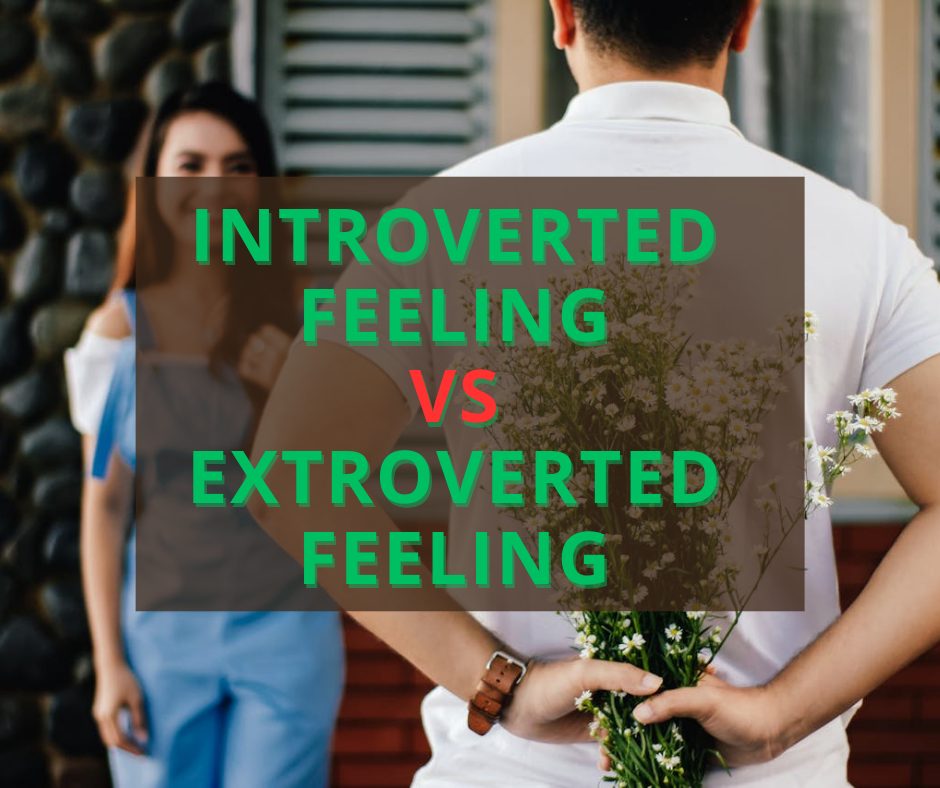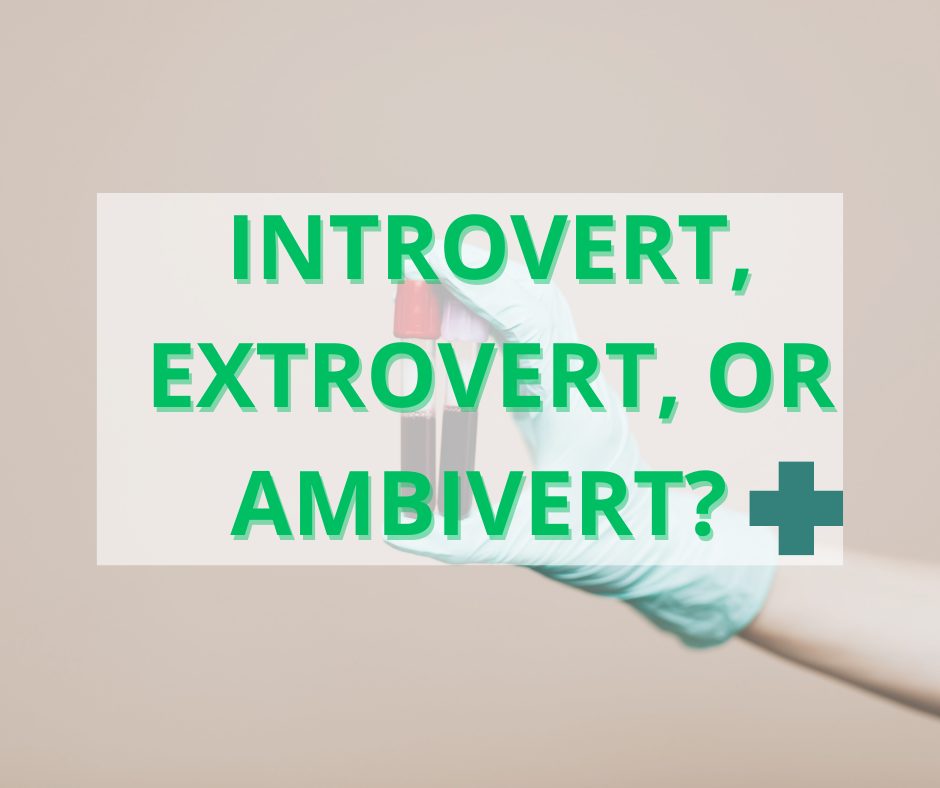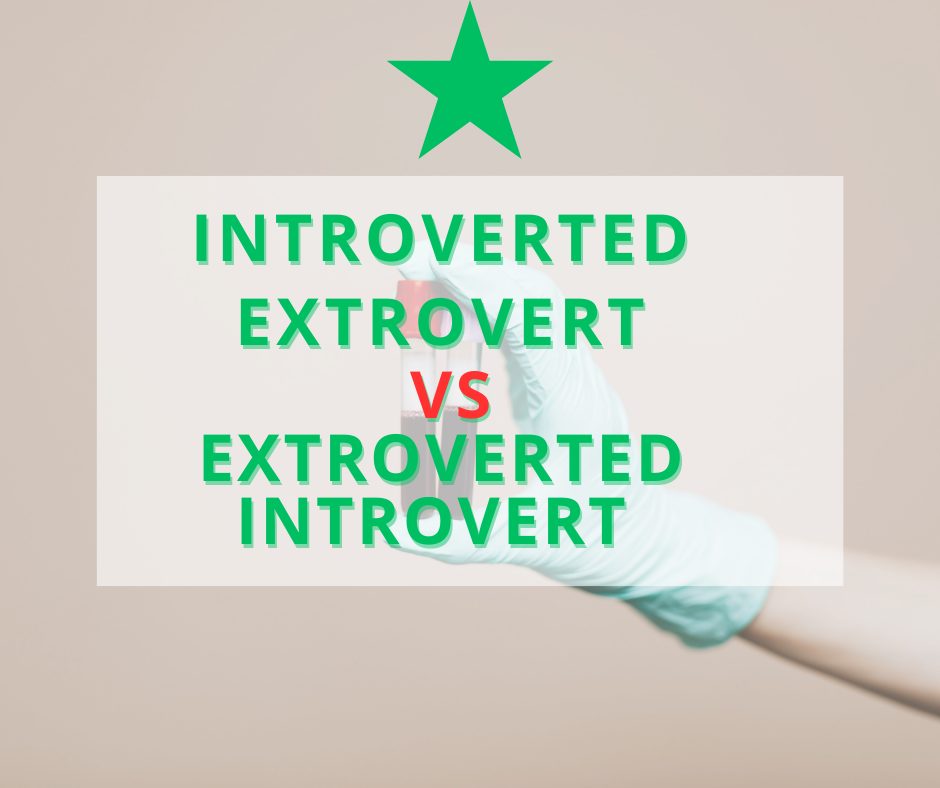Do you ever wonder whether the difference between Introverted feeling vs Extroverted feeling This guide will help you understand the key differences between Fi and Fe — and by the end,
What Is Introverted Feeling (Fi)?
What You Will Learn
- 1 What Is Introverted Feeling (Fi)?
- 2 What Is Extroverted Feeling (Fe)?
- 3 Side-by-Side Comparison: Fi vs Fe
- 4 MBTI Types That Use Fi
- 5 MBTI Types That Use Fe
- 6 How Fi and Fe Affect Relationships
- 7 Signs You Use Introverted Feeling (Fi)
- 8 Signs You Use Extroverted Feeling (Fe)
- 9 Common Misunderstandings
- 10 Career Paths: What’s the Best Fit?
- 11 Jung’s Perspective on Feeling Functions
- 12 How to Use This Insight in Real Life
- 13 Can You Use Both Fi and Fe?
- 14 FAQs
- 15 Final Thoughts
Introverted Feeling, or Fi, is a cognitive function that helps a person understand and stay true to their inner values. People who lead with Fi are often deeply introspective and make decisions based on a strong sense of personal ethics, feelings, and what they believe is right or wrong—regardless of outside opinions.
Key Traits of Fi:
- Guided by internal values
- Prioritizes authenticity
- Strong emotional depth
- Independent decision-makers
- May struggle to express feelings outwardly
Real-Life Example:
Imagine a friend who refuses to support a popular cause simply because it doesn’t align with their personal beliefs, even if everyone else supports it. That’s Fi in action: staying loyal to one’s inner compass.

What Is Extroverted Feeling (Fe)?
Extroverted Feeling, or Fe, focuses on external harmony and shared values. People who use Fe are tuned into the emotions and needs of others. They seek to maintain peace, often adapting their behavior to support group well-being and social norms.
Key Traits of Fe:
- Values group harmony
- Easily picks up on others’ feelings
- Expressive and warm
- Makes decisions based on collective needs
- May prioritize group needs over personal ones
Real-Life Example:
Think of someone who mediates arguments in a group, trying to make everyone feel heard and respected. They might set aside their own opinions to maintain peace. That’s classic Fe behavior.

Side-by-Side Comparison: Fi vs Fe
| Trait | Introverted Feeling (Fi) | Extroverted Feeling (Fe) |
| Primary Focus | Internal values | External harmony |
| Decision Basis | Personal ethics | Social expectations |
| Emotional Expression | Private, inward | Open, outward |
| Relationship Style | Individual-focused | Group-focused |
| Key Strength | Authenticity | Empathy and diplomacy |
| Struggle Area | May appear aloof or selfish | May ignore personal needs |

MBTI Types That Use Fi
- Dominant Fi: INFP, ISFP
- Auxiliary Fi: ENFP, ESFP
These types lead with or rely heavily on personal values to make choices. They strive to live authentically and might seem quiet but are emotionally intense.

MBTI Types That Use Fe
- Dominant Fe: ENFJ, ESFJ
- Auxiliary Fe: INFJ, ISFJ
These types lead or support others by tuning into group dynamics. They’re often natural caretakers, counselors, and team players.

How Fi and Fe Affect Relationships
Fi in Relationships:
- Respects personal space and emotions
- May struggle with open expression
- Loyal and values authenticity
- Seeks deep emotional intimacy with a few people
Fe in Relationships:
- Works hard to create emotional connection
- Often puts partner’s needs first
- Seeks to resolve conflict quickly
- Prioritizes group or family cohesion
Relationship Tip:
Fi users should practice expressing feelings more openly. Fe users should be careful not to lose themselves while trying to please others.

Signs You Use Introverted Feeling (Fi)
- You make decisions based on what feels right to you
- You have a strong sense of personal values
- You dislike inauthentic behavior
- You process emotions deeply, but privately
- You often need time alone to reflect

Signs You Use Extroverted Feeling (Fe)
- You often put others’ feelings before your own
- You try to keep the peace in social groups
- You’re expressive with your emotions
- You enjoy making people feel comfortable
- You adapt your behavior to avoid conflict

Common Misunderstandings
- Fi users aren’t cold — they just process emotions privately.
- Fe users aren’t fake — they adjust to keep peace.
- Fi doesn’t mean selfishness — it means inner alignment.
- Fe doesn’t mean being a pushover — it’s about group well-being.
Both care deeply, but show it in different ways.

Career Paths: What’s the Best Fit?
Fi Users Might Thrive As:
- Writers and novelists
- Therapists or counselors
- Artists or musicians
- Nonprofit or mission-based entrepreneurs
- Animal caregivers
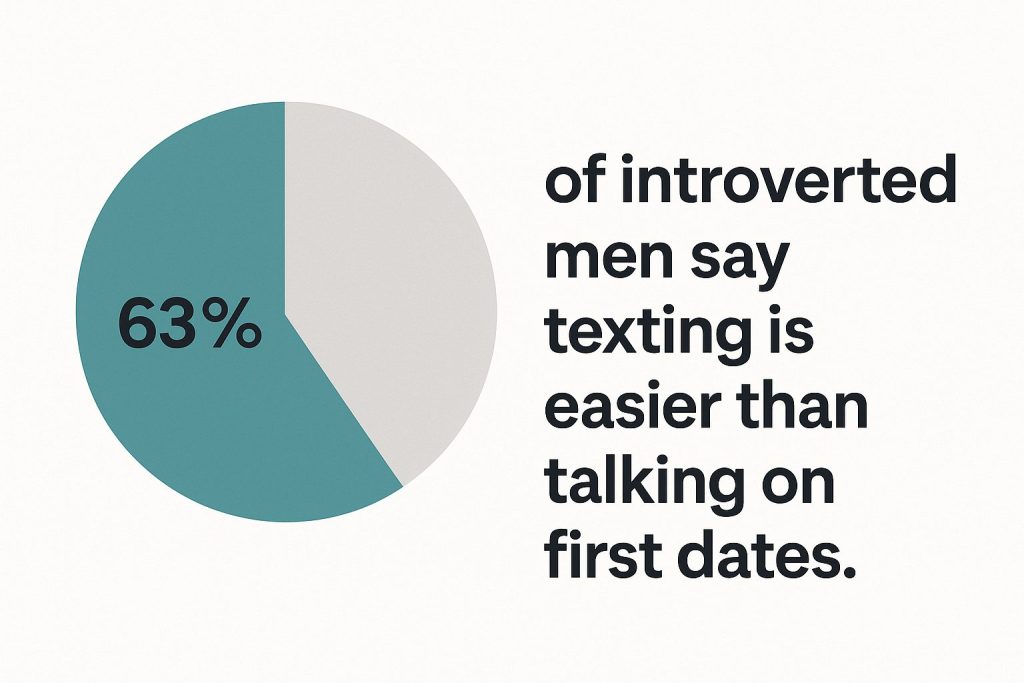
Fe Users Might Thrive As:
- Teachers or instructors
- Nurses or healthcare professionals
- Customer service managers
- Human resource specialists
- Social workers or mediators
Why?
Fi users bring integrity and passion. Fe users bring warmth and group connection. Both thrive when they feel emotionally aligned with their work.

Jung’s Perspective on Feeling Functions
Carl Jung described feeling as a way of making decisions based on value judgments. Fi and Fe are both feeling functions, but oriented differently:
- Introverted Feeling (Fi): Subjective, focused on personal value judgments
- Extroverted Feeling (Fe): Objective, tuned to external social values and consensus
Jung saw Fi types as principled and authentic, while Fe types were attuned to harmony and connection. He emphasized that both are rational judging functions, and neither is “better.”

How to Use This Insight in Real Life
Understanding whether you lead with Fi or Fe can help you:
- Handle conflict better: Fi users may need space; Fe users want resolution.
- Communicate effectively: Fi users benefit from verbalizing inner emotions; Fe users need to ensure they don’t suppress personal needs.
- Make career decisions: Fi types must feel aligned with their inner values; Fe types must feel valued in a team.
- Navigate relationships: Knowing your style prevents miscommunication and emotional burnout.

Can You Use Both Fi and Fe?
Yes — but not equally. Each person has a preferred function based on their MBTI type. However, with practice and life experience, people can develop their less dominant feeling function to become more balanced and emotionally intelligent.
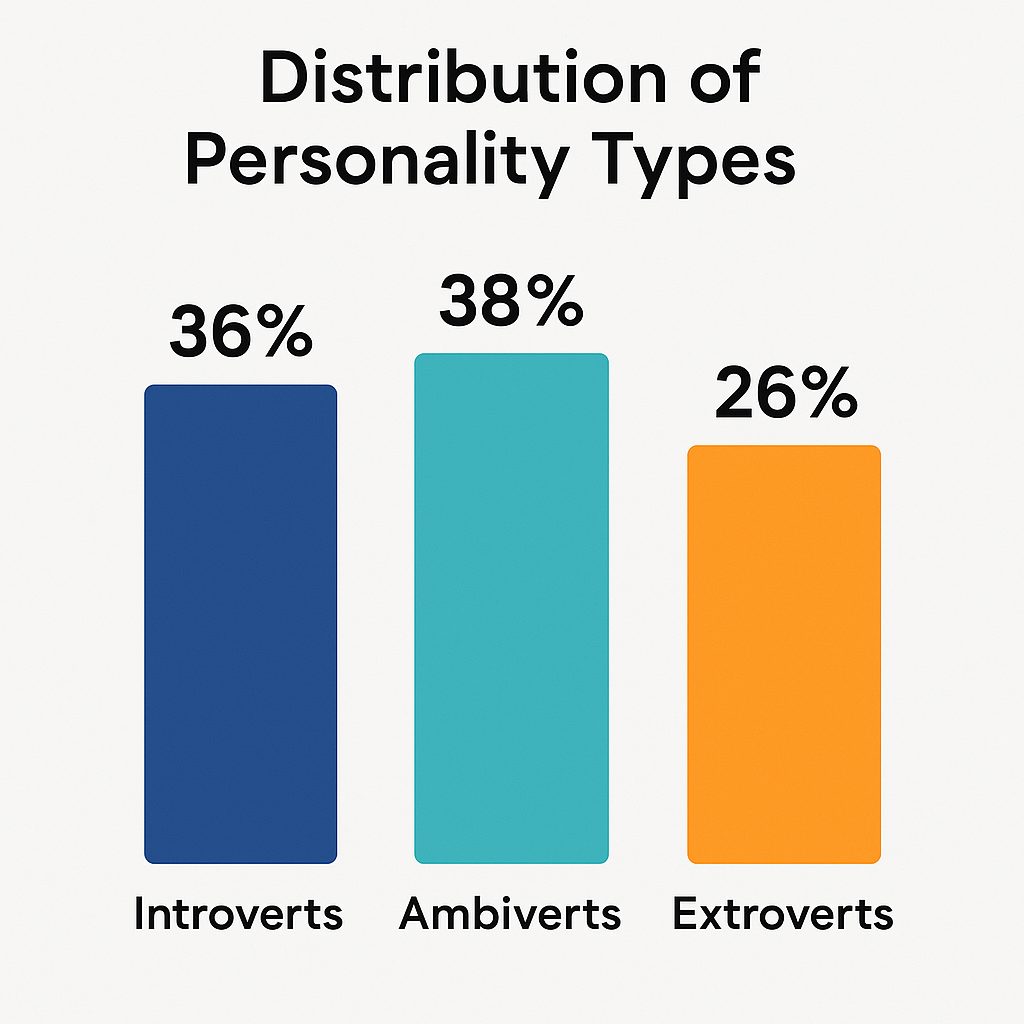
FAQs
What’s the difference between introverted feeling and extroverted feeling?
Introverted Feeling (Fi) is based on personal values, while Extroverted Feeling (Fe) focuses on shared values and social harmony.
How do I know if I have Fe or Fi?
If you make decisions based on personal emotions and internal morals, you likely use Fi. If you prioritize others’ needs and external harmony, you likely use Fe.
Which MBTI types have Fe?
Fe is dominant in ENFJ and ESFJ, and auxiliary in INFJ and ISFJ.
Is Fe more social than Fi?
Yes. Fe users tend to be more socially expressive and group-oriented, while Fi users often prefer deep one-on-one connections and internal processing.
Final Thoughts
Introverted and Extroverted Feeling are both valuable ways of navigating the world emotionally. Whether you’re more inwardly focused or outwardly expressive, understanding your feeling function can help you improve relationships, make better decisions, and grow more self-aware.
You don’t have to be an expert in MBTI to benefit from understanding Fi and Fe. It can help you better relate to yourself and the people around you.

